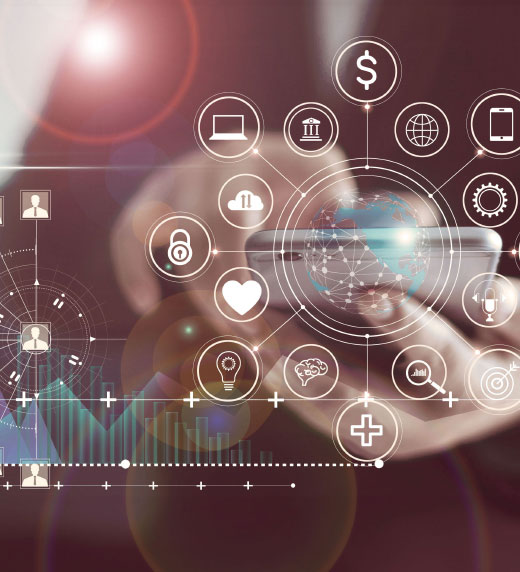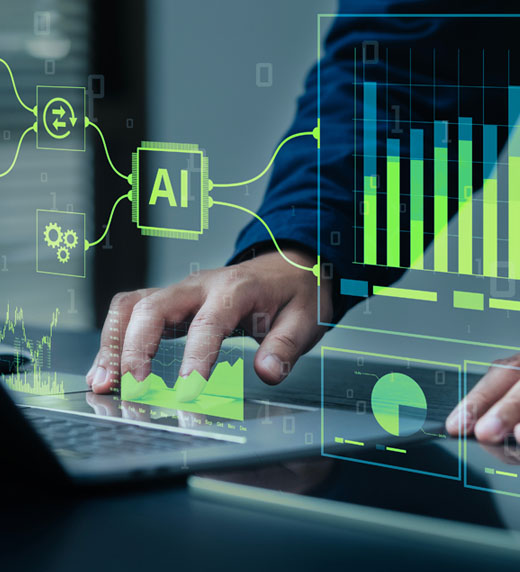
Facing higher costs, Lifehouse was looking to accelerate donations. They teamed with Armanino to quickly develop and execute a data-driven fundraising strategy, driving a 27% boost in year-end gifts.

Facing higher costs, Lifehouse was looking to accelerate donations. They teamed with Armanino to quickly develop and execute a data-driven fundraising strategy, driving a 27% boost in year-end gifts.
Since 1954, Lifehouse has helped people with intellectual and developmental disabilities find a place in the community and lead full lives.
Lifehouse considered hiring a major gifts officer to move the needle on fundraising, but decision-makers worried about the cost-benefit and long rampup time for an internal hire.
Tapping into Armanino’s Nonprofit Strategic Development Outsourcing gave Lifehouse the data and strategy to energize its fundraising efforts.
Harnessing data to target the right donors at the right time with the right dollar amount, Lifehouse captured 27% more year-end donations and invigorated its development strategy.
Lifehouse is a true lifeline for its clients. Despite the obstacles that have challenged the entire nonprofit sector in recent years — inflation, escalating compensation costs and an industry-wide giving crisis — the San Rafael, California-based organization continues to support more than 375 intellectually and developmentally disabled individuals.
Post-pandemic, higher costs were keeping the nonprofit from expanding its reach. In just three years, costs had escalated by nearly 18%. To expand their mission, the Lifehouse leadership team knew they needed to make some changes.
Initially, they leaned toward hiring a full-time major gifts officer. As they weighed the pros and cons of an internal hire, Lifehouse Chief Development Officer Ann Elias and CEO Nancy Dow Moody met with Armanino. The firm works extensively with nonprofit organizations and had recently launched Nonprofit Strategic Development Outsourcing services to help nonprofits build data-driven development strategies.
One primary advantage of outsourcing versus hiring internally? The ability to quickly put their foot on the gas.
“To bring in a major gifts person, it typically takes a long time for them to get to know donors and build relationships. A year goes by, two years — we just didn’t want to do that,” says Elias. “What we wanted to know was what could we do now?”
That first meeting really made an impact, Elias says. “The things Armanino recommended were things that I always knew we should be doing and just hadn’t had the capacity to do.”
The Armanino team, which included an outsourced chief development officer (CDO), first recommended fine-tuning the nonprofit’s year-end giving campaign by segmenting its donor base. “I’ve always known segmenting was the way to go, but I’ve never had the bandwidth,” Elias says. “Now we do.”
Armanino got right to work collecting and analyzing data to understand how donors have behaved in the past and what current donors’ motivations are. Drawing on this information, the Armanino team segmented the Lifehouse target list into three donor tiers, according to each segment’s financial capacity. Then, they recommended a specific giving level for each segment and worked closely with Elias to customize the fall campaign letter by tier.
Another change that energized Lifehouse’s fall campaign letter was a literal flipping of the script. Prior to 2023, the letter always started with a message from a client’s parent, followed by an appeal from the CEO on the back. The outsourced CDO suggested swapping the order of those two messages — a subtle but powerful change.
“I thought that was a really good shift,” Elias says. “Because we do want them to understand the financial situation we’re in first; then on the back is the heart part.”
The donor segmentation and messaging refinements delivered swift results. The fall 2023 campaign captured 27% more donations year-over-year. Those initial returns drove home to the Lifehouse team the power of using data to ask the right donor at the right time for the right amount.
Elias credits Armanino with shifting her perspective to be more attuned to using data to make educated fundraising decisions. For example, after the organization’s annual Great Chefs event in April 2024, she used the event software to run a report showing who participated in the auction and at what levels. This valuable data showed that the capacity at the event was not being fully realized. Elias used those insights to enlist the board members in targeted fundraising.
Armanino also created a dashboard that showed the progress of incoming year-end donations. Reviewing these stats weekly showed Elias and Moody who had donated, in what amount and what donations were pending. They used those stats to guide next steps, such as one-on-one phone calls and meetings with specific donors.
Elias also credits the Armanino team with improving Lifehouse’s donor stewardship strategy and elevating how she thinks about donor engagement. After the 2024 Great Chefs event, Elias emailed a short video to attendees — something she has done in the past. But this time, she segmented the list instead of sending out the same email to everyone. “We sent one message to everyone who donated, thanking them. And we sent a different message to people who attended but did not donate — basically, ‘Here’s your opportunity to participate,’” says Elias.
From the first meeting with the Armanino team, Elias saw the power of using data to tap into the financial capacity of current donors.
Accordingly, the outsourced CDO is developing a pipeline that maps fundraising efforts to donor preferences — most notably, the time of year when they prefer to give. Some of Lifehouse’s donors give only during the Great Chefs event, for example, while others prefer to give at year-end. Others are open to appeals during the summer. With this pipeline — something Elias would not have had the capacity to do before bringing in Armanino — they are equipped to reach out to donors only at times when they’re more likely to give.
Elias is energized by the data and insights she’s gaining from Armanino and using it to fuel Lifehouse’s growth engine. “It’s like having a really good class, and the teacher is giving all these words of wisdom. I’m taking all these gems and thinking, ‘Where else can we utilize this?’” she says. “Someone else's perspective is incredibly helpful. Just a little shift here or there. What a difference it makes.”
Elias also encourages other nonprofits seeking to move the needle on development to look outside their organizations for insight. “It's not easy when you're in the middle of something to see certain things that could be adjusted,” she says.
Fundraising in the current economic climate is challenging — and so is recruiting and retaining in-house development professionals. Turn to Armanino to harness the power of your data and optimize your internal resources. Find out how our Nonprofit Strategic Development Outsourcing consultants can help expand your reach and enhance your organization’s mission with a data-driven approach to fundraising.
To learn more about how you can achieve greater fundraising outcomes and set your organization up for a sustainable future, reach out to our experts.


